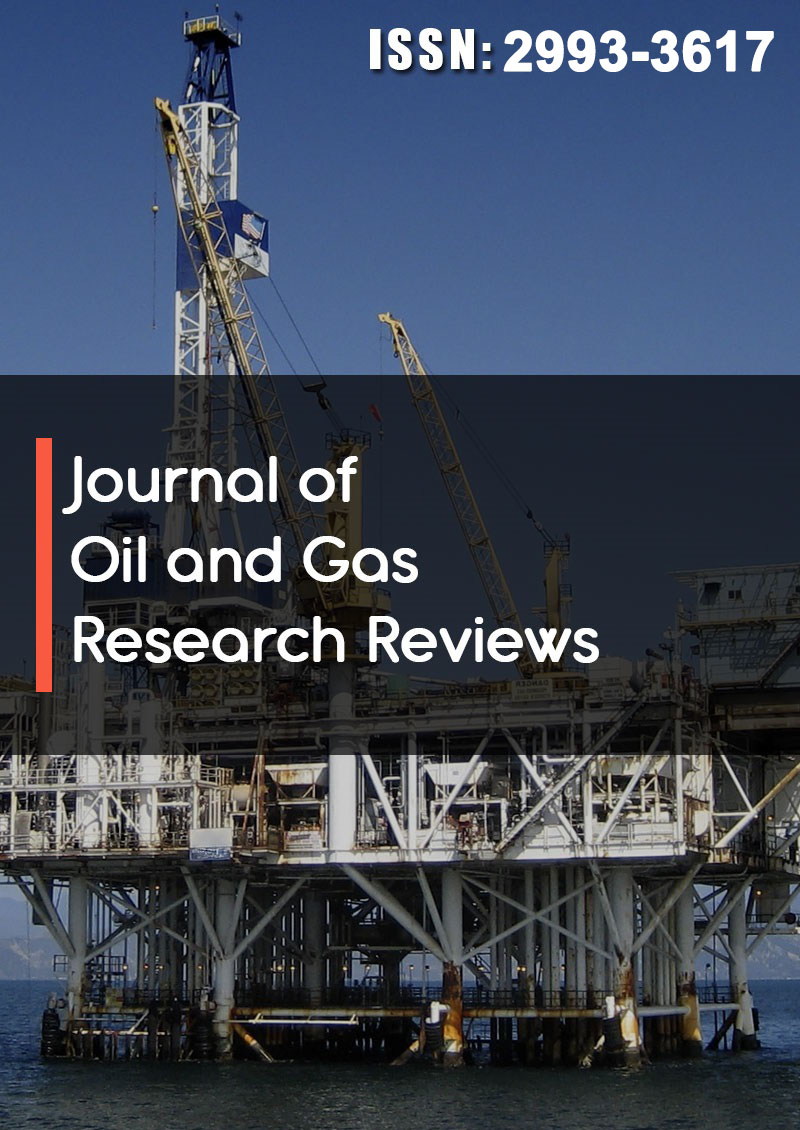Lessons Learned to Avoid Formation Damage Development During Waste Slurry Injection Operations
Abstract
Yashesh Panchal, Omar Sameh, Nihal Mounir, Mahmoud Shams, Ibrahim Mohamed, Omar Abou-Sayed and Ahmed Abou-Sayed.
The injection of oil and gas wastes produced during the exploration and production phases have been proven to be an effective technique towards achieving zero discharge. However, several challenges are associated with the injection of slurry into an underground formation. The most common challenge during waste slurry injection (WSI) is the loss of well injectivity and pre mature formation damage due to a poor engineering and operational design. For the WSI operation, near wellbore formation damage is one of the major risk and is created by the injected solids. The real time injection monitoring of the ongoing operations is important to make amends to the injection procedure in order to avoid the formation damage and ensure the well longevity. Three different case studies are presented to highlight the operational mistakes that caused a significant formation damage in injectors in Eagle Ford, Haynesville, and Permian Basin shale plays of Texas, United States. Certain guidelines depending on the monitoring results are provided like modifying the slurry rheology, injection pressure, injection strategy etc. that are helpful in maintaining the injectivity. The presented case studies show that the wells with good monitoring program maintained its injectivity during its operation compared to the other wells that lost its injectivity sooner. The paper discusses the importance of injection monitoring and steps necessary to maintain the injectivity and perform a healthy WSI operation.



